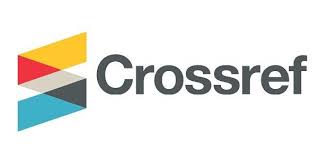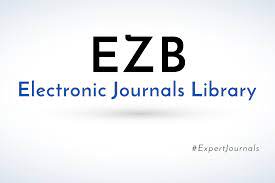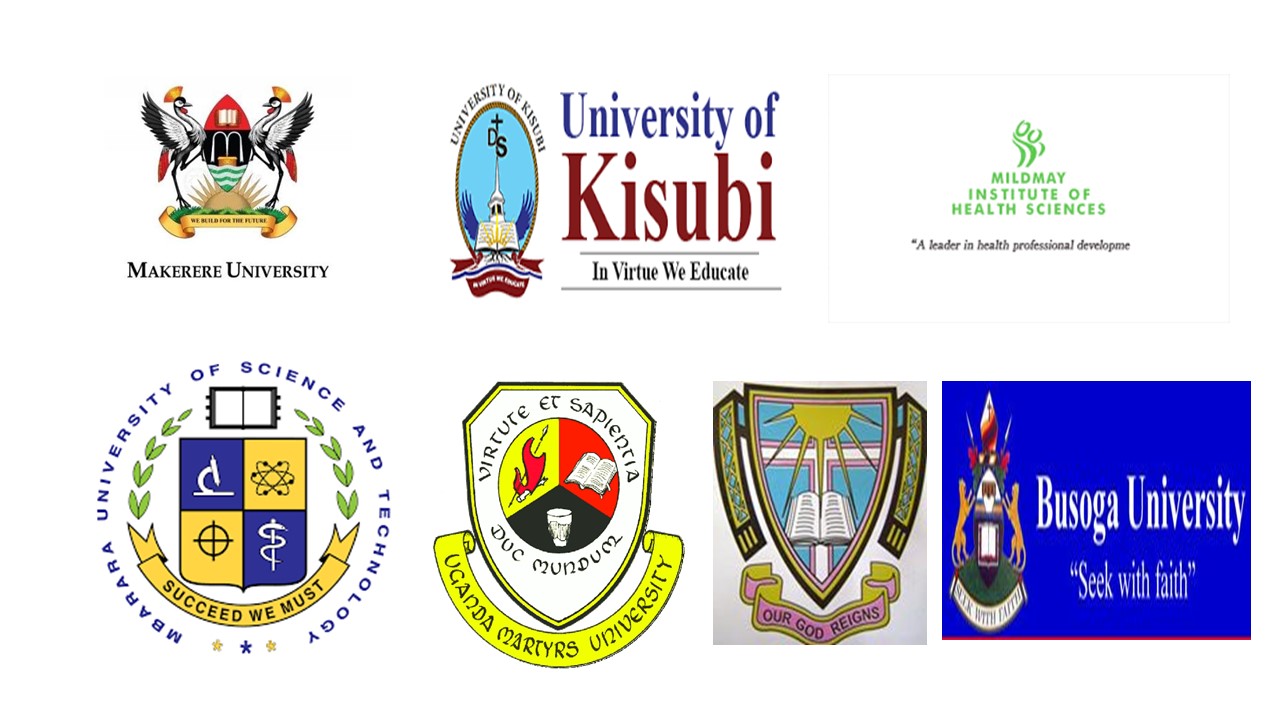We just want to be seen: A cross-sectional mixed-methods study on visibility, support systems, and institutional responses to same-sex relationships on South African University campuses.
DOI:
https://doi.org/10.51168/sjhrafrica.v6i9.1977Keywords:
LGBTQ students, Same-sex relationships, Higher education, Institutional support, Visibility, Campus inclusion, Policy implementation, South Africa, Student well-being, Mixed-methods researchAbstract
Background
Sexual and gender minority students in South African universities continue to experience marginalization, social exclusion, and limited institutional responsiveness to their needs. Although national policies promote equality, the realities on university campuses often fall short. This study aimed to explore how LGBTQ+ students in same-sex relationships navigate issues of visibility, support systems, and institutional responses within higher education settings.
Methods
A cross-sectional mixed-methods design was used. Quantitative data were collected from 50 self-identified LGBTQ+ students enrolled in three public South African universities through structured questionnaires. Participants varied in gender identity, sexual orientation, and academic year. Qualitative insights were gathered from 10 in-depth, semi-structured interviews. Quantitative data were analysed using descriptive statistics and correlation analysis, while qualitative data were subjected to thematic analysis based on Braun and Clarke’s (2006) six-phase framework.
Results
Quantitative findings revealed that 70% of participants felt their sexual identity was either ignored or inadequately acknowledged by university authorities. Only 18% had accessed any form of formal institutional support. A positive correlation was found between perceived institutional support and self-reported psychological well-being (p < 0.05). Thematic analysis of interview narratives identified three dominant themes: (1) Invisibility and Silencing, a lack of safe spaces and representation; (2) Weak Institutional Support Structures, limited access to trained counsellors and LGBTQ+-inclusive services; (3) Policy Gaps and Inaction, institutional policies that exist on paper but lack implementation.
Conclusion
LGBTQ+ students in same-sex relationships face significant challenges related to acceptance, mental health, and access to institutional support. Many feel invisible within the broader university environment, with policies often failing to translate into practical change.
Recommendations
Universities should implement context-specific LGBTQ+ support services, such as safe spaces, peer support groups, and LGBTQ+-affirmative counselling. Institutional accountability mechanisms must be strengthened to ensure that inclusion policies are not only adopted but also effectively practiced.
References
Anderson, E., 2012. Inclusive masculinity: The changing nature of masculinities. Routledge.
Braun, V. and Clarke, V., 2006. Using thematic analysis in psychology. Qualitative Research in Psychology, 3(2), pp.77–101. https://doi.org/10.1191/1478088706qp063oa
Manteaw, B.O., 2012. Education for sustainable development in Africa: The search for pedagogical logic. International Journal of Educational Development, 32(3), pp.376–383. https://doi.org/10.1016/j.ijedudev.2011.08.005
UNESCO, 2019. Out in the open: Education sector responses to violence based on sexual orientation and gender identity/expression. Paris: UNESCO.
Du Toit, P.H., Van den Berg, R. and Botha, M., 2020. Transforming Higher Education Institutions for the 21st Century: A South African Perspective. Education as Change, 24(1), pp.1–22.
Downloads
Published
How to Cite
Issue
Section
License
Copyright (c) 2025 Sibonelo Thanda Mbanjwa

This work is licensed under a Creative Commons Attribution-NonCommercial-NoDerivatives 4.0 International License.





















